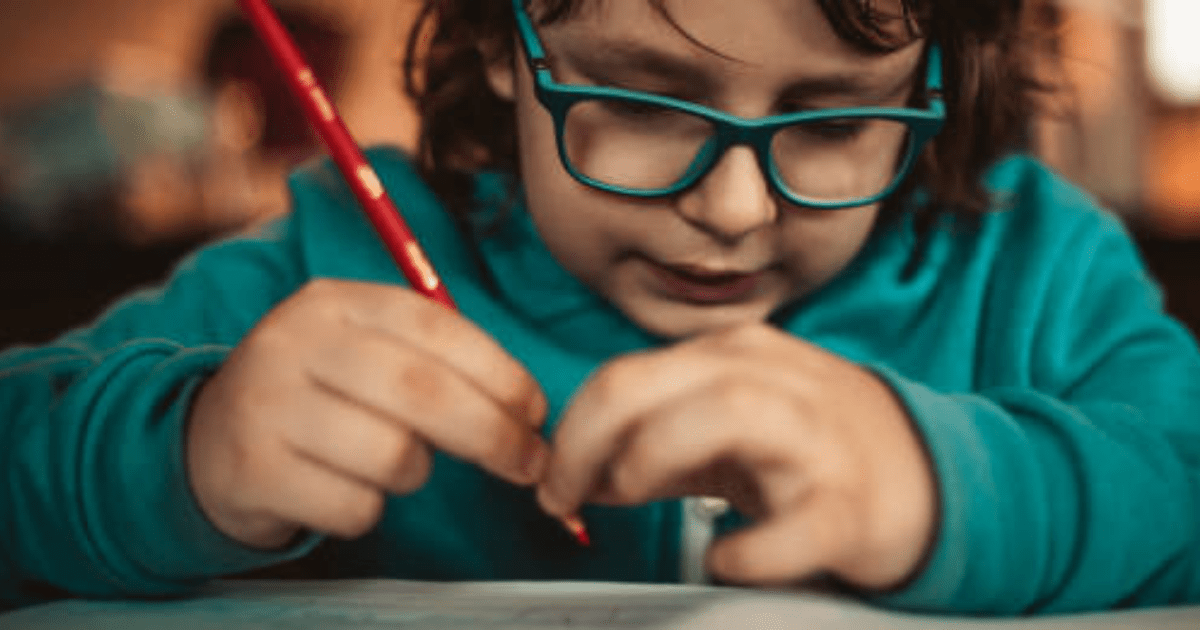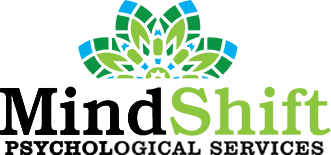
In the world where advanced science and technology reign, it is easy to think that nothing can remain unsolved and impenetrable. This is where we are wrong for even to this day, the progression of different learning abilities still baffles even the most brilliant therapists and psychologists.
Learning disabilities are genetic or neurological disorders. People always misconceived this as being dumb or lazy, especially in school. It happens because a child does not study and does not care about the importance of learning. Parents think that their children behave this way because they are too lazy to use their brain. As a matter of fact, many of them are smart with average or above average intelligence.
Children with learning disabilities are not dumb. Scientists found out that their brains process things differently. Their brains are wired not in the same way as most children and this affects their cognitive processes such reading, writing, calculating, their attention, planning and memories. Even their high-order thinking skills like abstract reasoning, problem solving, and logic are hampered.
What are the types of learning disabilities?
1. Dyslexia
A learning disability that affects reading and language-based processes. There are two types of reading disabilities – difficulty in understanding the relationship between letters and sounds and difficulty in comprehending the meaning of words, phrases, and sentences.
2. Dysgraphia
A learning disability that affects writing and other fine motor skills. It is also associated with the difficulty of understanding information. Children suffering from it struggle in forming words and organizing their thoughts.
3. Dyscalculia
A learning disability that affects the ability to do math and other number-related skills. Children with this learning disability are having difficulty in memorization and organization of numbers, operations, and other math facts. Counting and telling time are a burden because for them it is just way too hard.
4. Dyspraxia
A learning disability that affects movement and coordination. It messes with the person’s fine motor skills such as writing and gross motor skills like running. The brain needs to tell the hands, feet, and eyes to do certain movements but because it alters the process doing physical activities becomes difficult.
5. Dysphasia
A learning disability that affects the ability to understand and speak a language. Speaking a language requires the brain to organize the letters to form words and words to sentences so that they can understand the meaning and can say the right words to answer, tell or explain. However, this part of the brain processes it differently, the children have difficulty in telling a story or understanding directions.
What are the common signs and symptoms of learning disabilities?
Therapists and psychologists always remind parents to be more observant and present during the critical developmental and learning stage of children and this is the first five years. Though it is a given that no two children develop at the same time, it is still important to keep an eye on the way your children behave and think so that if you sense something is not right, there is an early intervention.
Learning disabilities vary from child to child. Some may find it difficult to read but others excel in reading but fall significantly behind in math. Some children cannot say simple words while others love to babble and make sounds.
It is not easy to determine if your child has a learning disability. Since there is no single symptom or a targeted profile, many parents think that it is just a delay and eventually, children will outgrow it. Children who do not speak are seen as shy or those with bad handwriting is a sign of being artistic.
As parents you need to pay close attention to your child’s development in the early years. Look and listen closely to if your children are having difficulty in:
Saying or understanding words
Learning alphabets, numbers, shapes and colors
Following directions or daily routines
Controlling pencils, crayons and scissors
Doing simple tasks like buttoning shirts or tying shoelaces.
There are more warning signs that you need to look out for, yet these red flags can be easily detected during your child’s early years. It is time to worry when you start to notice these signs very frequently.
What can you do?

It is normal for parents to be in denial if they see red flags on their children’s development. But your immediate action is very valuable to your child’s welfare. Remember, that they entirely depend on you and intervening early on is one way of showing love and care.
Talking to a therapist or psychologist will do you good as you journey towards the road to acceptance. Getting therapy near me or counselling sessions will make everything clearer and bearable.
Mindshift Psychological Services offer these sessions for residents in Riverside, Los Angeles, Corona, Los Angeles and California, Los Angeles. They offer Family Therapy near me that will serve as a guide for you and your family on how to handle this situation as a unit. Schedule an appointment for a therapy near me session through their website or contact them at (714) 584-9700.
This is also your way of taking care of your mental health as you battle this life’s challenge. Never neglect your needs just because you are busy with your child’s needs. Having a healthy body and mind are your best defense.
It is hard to accept, and it is better that you have a support system that will guide you the entire time. Learning disability is a lifelong issue and you need every person in your circle to know that being with your child is a priority.



